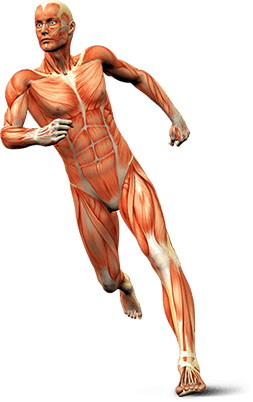Shoulder
Conditions
Normal Anatomy of Shoulder

The shoulder is the most flexible joint in the body enabling a wide range of movements including, forward flexion, abduction, adduction, external rotation, internal rotation, and 360-degree circumduction.
Acromioclavicular Joint Injury

Acromioclavicular joint (AC joint) dislocation or shoulder separation is one of the most common injuries of the upper arm. It involves separation of the AC joint and injury to the ligaments that support the joint. The AC joint forms where the clavicle (collarbone) meets the shoulder blade (acromion).
Acromioclavicular Arthritis

The acromioclavicular (AC) joint is formed by the medial facet of the acromion and the distal end of the clavicle. Acromioclavicular joint arthritis may develop as a result of degenerative changes that occur as a part of the normal aging process. This condition causes chronic pain in the AC joint.
Biceps Tendinitis

The biceps muscle in front of the upper arm connects to the shoulder bones via two tendons. The upper tendon, also called the long head of the biceps, can become inflamed or irritated with overuse or age leading to pain and weakness. This condition is called biceps tendinitis.
Broken Collarbone

Clavicle fracture, also called broken collarbone is a very common sports injury seen in people who are involved in contact sports such as football and martial arts as well as impact sports such as motor racing. A direct blow over the shoulder that may occur during a fall on an outstretched arm or a motor vehicle accident may cause the clavicle bone to break.
Frozen Shoulder

Frozen shoulder is the condition of painful shoulder limiting the movements because of pain and inflammation. It is also called as adhesive capsulitis and may progress to the state where an individual may feel very hard to move the shoulder. It is more common in older adults aged between 40 and 60 years and is more common in women than men.
Glenohumeral Internal Rotation Deficit
Coming soon
Pectoralis Muscle Rupture

The pectoralis muscle is a large muscle that is located in front of your chest and helps to move your shoulder forwards and across your chest. The pectoralis muscle is divided into the pectoralis major and the pectoralis minor. The pectoralis major muscle is the larger muscle and helps to push the arms in front of the body.
Rotator Cuff Tear

Rotator cuff is the group of tendons in the shoulder joint providing support and enabling wider range of motion. Major injury to these tendons may result in tear of these tendons and the condition is called as rotator cuff tear. It is one of the most common causes of shoulder pain in middle aged adults and older individuals. It may occur with repeated use of arm for over head activities, while playing sports or during motor accidents. Rotator cuff tear causes severe pain, weakness of the arm, and crackling sensation on moving shoulder in certain positions.
Tears and Tendonitis
Coming soon
Shoulder Dislocation

Acromioclavicular joint (AC joint) dislocation or shoulder separation is one of the most common injuries of the upper arm. It involves separation of the AC joint and injury to the ligaments that support the joint. The AC joint forms where the clavicle (collarbone) meets the shoulder blade (acromion).
Shoulder Instability

Glenohumeral instability (shoulder instability) is a chronic condition that causes frequent dislocations of the shoulder joint. A dislocation occurs when the end of the humerus (the ball portion) partially or completely dislocates from the glenoid (the socket portion) of the shoulder. A partial dislocation is referred to as a subluxation whereas a complete separation is referred to as a dislocation.
Sick Scapula
Coming soon
Bicep Tendon Rupture

The Biceps tendon can tear at the shoulder joint or elbow joint. The majority of biceps tendon ruptures occur at the shoulder and is referred to as proximal biceps tendon rupture. When it occurs at the elbow it is referred to as a distal biceps tendon rupture, however this is much less common.
Swimmer's Shoulder

Shoulder impingement is also called as swimmer’s shoulder, tennis shoulder, or rotator cuff tendinitis. It is the condition of inflammation of the tendons of the shoulder joint caused by motor vehicle accidents, trauma, and while playing sports such as tennis, baseball, swimming and weight lifting.
Procedures
Shoulder Arthroscopy

Shoulder arthroscopy is a surgical procedure in which an arthroscope is inserted into the shoulder joint. The benefits of arthroscopy are smaller incisions, faster healing, a more rapid recovery, and less scarring. Arthroscopic surgical procedures are often performed on an outpatient basis and the patient is able to return home on the same day.
Arthroscopic Capsular Releases & Manipulation
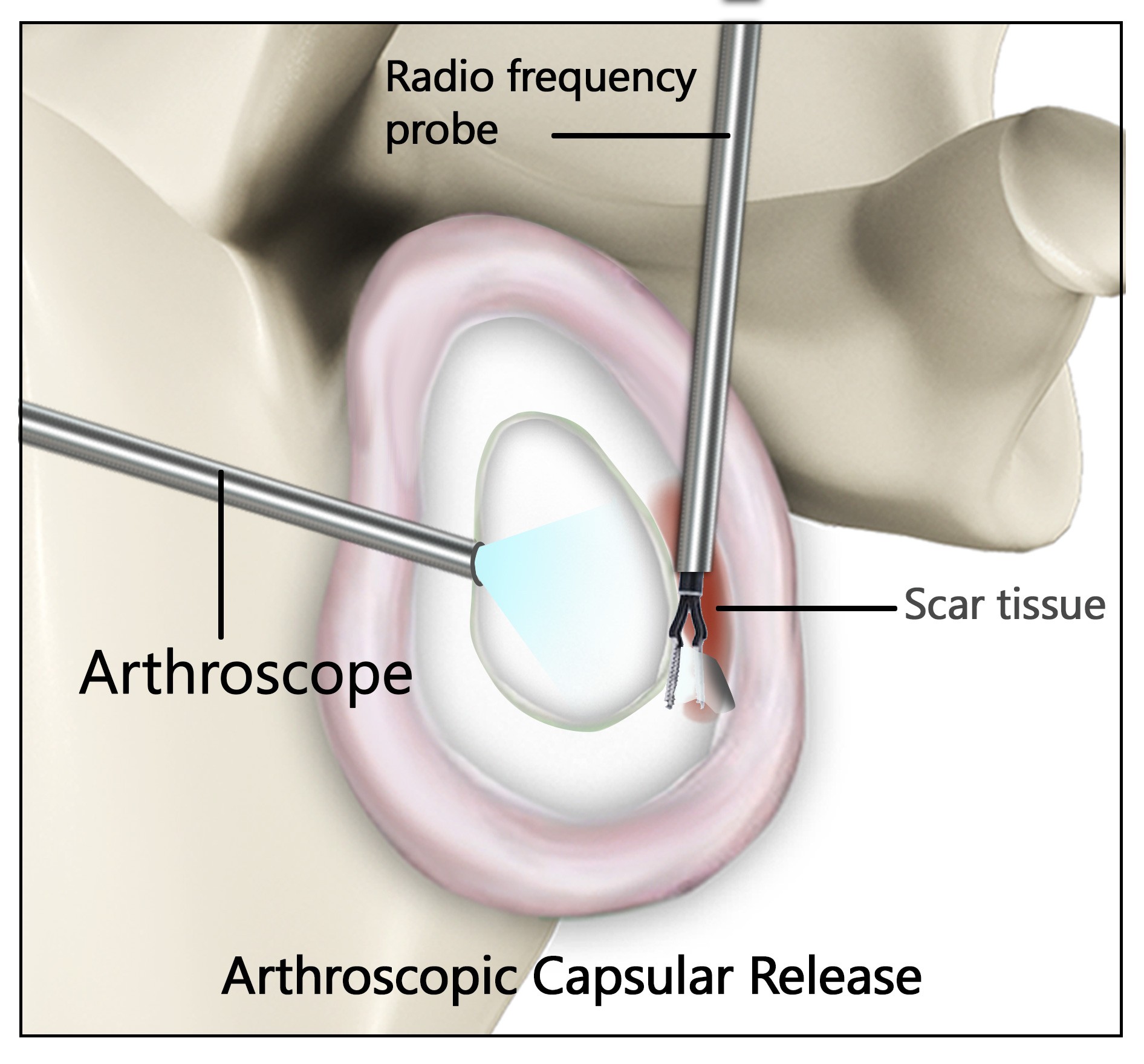
Arthroscopic capsular release and manipulation under anesthesia (MUA) are the surgical procedures performed to treat the frozen shoulder. Frozen shoulder, also called adhesive capsulitis is a condition characterized by pain and loss of motion in shoulder joint.
Arthroscopic Distal Clavicle Excision

The acromioclavicular joint is formed by the medial facet of the acromion and the distal end of the clavicle. Acromioclavicular joint (AC) arthritis may develop because of degenerative changes that occur as a part of the normal aging process. This condition causes chronic pain in the AC joint. Initially, non-surgical methods of treatment such as medications and physical therapy exercises will be suggested.
Arthroscopic Subacromial Decompression

A subacromial decompression is a surgery performed for patients with shoulder impingement. Impingement is one of the most common causes of pain in the shoulder. It results from pressure on the rotator cuff from part of the shoulder blade (scapula) as the arm is raised to the shoulder height. The pain may be due to a "bursitis" or inflammation of the bursa overlying the rotator cuff or a "tendonitis" of the cuff itself.
Glenohumeral Stabilization
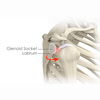
Glenohumeral stabilization or shoulder stabilization is a surgical procedure to treat chronic instability of shoulder joint. The shoulder is the most flexible joint in our body making it more susceptible to instability and injury. Shoulder instability occurs when the head of the humerus (upper arm bone) dislocates from its socket (the glenoid) because of a sudden injury or overuse.
Labrum repair & Reconstruction
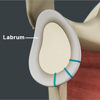
Labrum repair is a surgical technique recommended for treating labrum tear. Labrum is a triangular, fibrous, rigid cartilage structure lining the ball-and-socket joint of the shoulder. It provides cushioning support to these two joints. It also deepens the socket and helps to stabilize the joint.
Latarjet Procedure
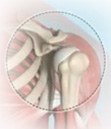
The shoulder joint provides a wide range of movement to the upper extremity but overuse or trauma can cause instability to the joint. The Latarjet procedure is a surgical procedure performed to treat shoulder instability by relocating a piece of bone with an attached tendon to the shoulder joint.
SLAP

The shoulder joint is a ball and socket joint. A 'ball' at the top of the upper arm bone (the humerus) fits neatly into a 'socket', called the glenoid, which is part of the shoulder blade (scapula). The term SLAP (superior–labrum anterior-posterior) lesion refers to an injury of the superior labrum of the shoulder.
Massive Irreparable Tear

A massive irreparable rotator cuff tear is the tear of size > 5 cm in diameter and involves more than one tendon. It is usually found out during a diagnostic scan or at surgery. It occurs more commonly in older people and is unusual in individuals below the age of 60 years. Large irreparable tears happen in patients with rotator cuff degeneration and atrophy of the rotator cuff muscle and the cause for this is attributed to genetic changes or age or a combination of both.
Allograft Augmentation
Coming soon
Superior Capsular Reconstruction
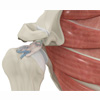
The shoulder joint is stabilized by the joint capsule and rotator cuff. Tears to the rotator cuff can cause severe pain and impairment. When defects in the underlying upper joint capsule add to the instability caused by rotator cuff tears, it cannot be repaired with conventional treatments. Superior capsular reconstruction is a surgical procedure performed to restore shoulder stability in irreparable rotator cuff tears.















